I have heard so many students say things like,
“Studying is very hard” ; “I am never going to understand this” ; “I am definitely failing this time” ; etc.
But, eventually we all end up understanding everything and getting super ready for our exams.
However, the most difficult part has not even begun.
According to me, writing your paper and putting out all your thoughts in the most presentable way possible is the challenging part.
This is because no matter how brilliant you are unless you can successfully put your point across through your answer sheet, it is not going to matter.
You have to read the question, think about the answer and write it down well, all in a two or three-hour time-span.
The person checking your paper has to be BLOWN AWAY with your answers and its presentation.
So, how do you do that?
It’s not very complicated.
You just have to keep the below tips in mind while writing your paper and the examiner is going to be super impressed.
Let’s get going.
#Tip 01: Write a Short Summary before every answer
The general outline of an answer would be :
- Introduction
- Main Answer / Body
- Conclusion
But, you want your answer to be different and unique.
You can do this by giving a very brief summary of your answer, right after the introduction paragraph.
So, for example, the question is, “Explain the five sense organs of our body.”
Your answer will begin with an introduction of about 2-3 lines and after that, list out the five organs in the following way:
“The five sense organs are :
- Eyes
- Ears
- Nose
- Tongue
- Skin”
By doing this, you are actually letting the examiner know, that you have studied that particular concept and you know what you are talking about.
This summary develops confidence in the examiner, that he/she can now trust your answer.
Your answer is never read by the examiner in detail. He/She will spend only 2-3 seconds scanning that answer.
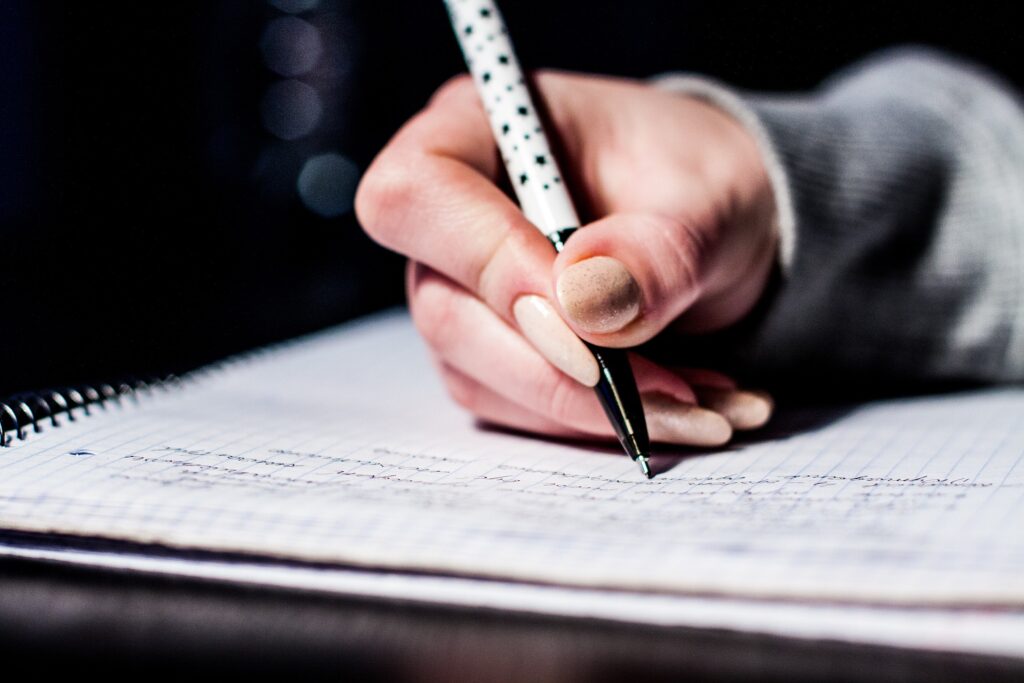
You need to build that confidence and secure your marks in those microseconds.
Now, I know what you are going to say….
Sasha, we only have so much time as to write the whole paper ????
Where are we going to get that extra time to write these summaries ???
Don’t worry.
Since you already know, that this is going to help present your paper better, start implementing it right away.
You don’t have to wait for the exam. Start writing these summaries in your tests, prelims, practice papers, etc. Soon, writing the summary will by default be a part of your answer.
Another advantage this tip has is that, on the off-chance that you are not having enough time to complete the last one or two answers towards the end, you can always just write the summary.
Some subject papers are quite lengthy, and you may not have enough time to complete the answer.
In this situation, writing the summary will tell your examiner that you know the concept but unfortunately did not have enough time to complete writing it.
That is why, you may be awarded some marks, although you may not get all of it.
So, start practicing this tip today, so that you are ready for your next exam.
#Tip 02: Draw charts or diagrams
Have you noticed that your textbooks had so many colorful pictures and patterns when you were little?
But, as you grew older the variety of colors and number of pictures started reducing.
Why is that so?
Well, small children tend to get more attracted to colorful and enticing pictures and patterns.
As we become mature the content we need to study increases and the pictures hence reduce.
Interestingly enough, our attraction towards colorful things never changes.
That is why, it is important diagrams and charts in your answers.
You cannot use color in your answers papers, but you can use diagrams.
This makes your paper look attractive and it tempts the examiner to read your answer.

Although, it might not be asked in the question, drawing a small diagram or chart does make a difference in the quality of your answer.
You don’t have to draw charts for every answer. But, throw in a few
every 2-3 answers.
The state of mind of the examiner when he is correcting your paper can never be predicted.
He may be having a terrible day and might just cut 2 marks because he is frustrated.
Some things are just not in your control.
But using charts and diagrams in your answer is.
An attractive paper like yours will be able to make the examiner’s day.
So, start exploring your creative self.
You can draw pie charts, venn-diagrams, bar graphs, tabular classification, etc.
One thing to remember is that, don’t spend time thinking about the type of diagram to be drawn, if you are not already prepared.
This is just an extra tip to give your answer a more aesthetic look.
Decide and Practice all the charts and diagrams, that you could possibly draw for various answers.
Don’t waste time while writing the exam.
#Tip 03: Be Unique in every Answer
The exam that you are giving is being written by hundreds if not thousands of students. All the study material available in the market is also read by various students.
So, what is going to set you apart?
The tips I gave you above is going to be appealing visually, but you also need to ensure that your written content is just as attractive.
You can do this, by adding one unique point to every answer.
This is can be the following :
- Your Opinion
- A Fact
- A case study excerpt
- A news headline etc.
Not many will be in a position to add this distinct point if they are not already prepared.
The biggest advantage of using this tip is that the examiner is now convinced that you have not only studied the concept for the exam, but you have taken a step further and done some research on it.
You might also end up getting a few more marks in your overall paper.
However, you cannot apply this tip to practical subjects like Mathematics, Direct Tax, etc. But, don’t worry, I have a lot of other tips for you that you can use in these papers.
Another thing to remember is that for using this strategy you need to put in that extra effort into actually researching the topic.
Don’t force a unique point into the answer. This is because what you are writing might be incorrect and this tip would end up backfiring.
#Tip 04: Write your paper with a Blue Ball point Ink Pen
This tip might sound a little weird and many of you might think that, this is hardly going to make any difference.
But, I’m sure you are here to make your exam paper perfect and this is going to help with that.
Firstly, use a blue pen.
This is because 99% of the time the text on your answer paper, such as instructions, page no. , your personal details columns, etc., are going to be printed in black.
Writing with a blue pen is going to set your answers apart from the rest of the text on your sheet.
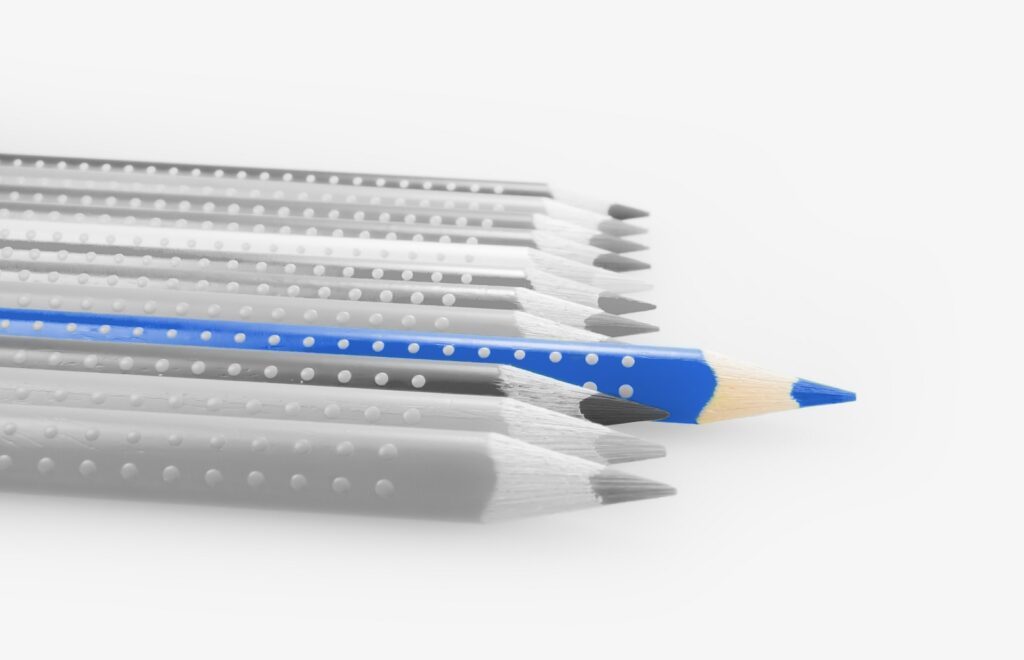
However, don’t try using any other color just to be distinctive.
Blue is the most appealing to the human eye.
Colors like red and green are great for your notes but using them in your answer sheets is going to overwhelm the examiner with its brightness.
Secondly, use a ballpoint blue pen.
This is very important because the ink of a ballpoint pen will dry very quickly and does not spread.
Also, after you give your paper to the examiner, your answer sheet has to go through very rough terrain.
It is first taken to the staff room, then it might be transported to the university center, then it will be sent to individual educational centers and then it will be finally corrected.
In all this, if you use a gel pen, chances are that some of the things you have written gets faded. Ball point is a very durable ink and it highly unlikely to fade and blot.
Pro Tip: Use the pen you are going to write the exam with, in your notes as well. This way, you know you are comfortable with its grip and style.
Don’t try to experiment with expensive brands, simplicity is key.
#Tip 05: Underline Important Phrases
Now, let’s be honest here.
The more you make the examiner’s life easier, the more he/she is going to be impressed and grade your paper well.
You can definitely do this by underlining the important phrases of your answer.
But be sure to underline ONLY the important lines and not the whole answer.
Just imagine yourself reading a long boring answer, which you have already read 80 times before.
You have to read the answer in order to give it 5 marks.
The whole answer is right, but you end up giving it 4 marks because you missed out on reading the last line which had an important concept.
Another situation is that you have to correct the same question’s answer from a different student. But this time the student has underlined all the important phrases which you were able to locate very easily.
Mind you, the answer is exactly the same, the only difference is the underlining and that student ends up getting 5 marks.
Believe me or not, this is exactly what happens.
I have faced it, my friends have faced it and you are going to face it too.

As long as your paper is going to be corrected by a human, you have to dress to impress.
You need to take care of all those minor points that is going to get your answers the most marks.
But you don’t have to worry at all because by the end of this blog post you are going to have all those tips to make your paper the most attractive and presentable, which is going to give you that extra edge over others.
#Tip 06: Leave Adequate spaces between your answers
I know. I know.
You are going to tell me to save paper. But let’s face it unless you are going to give your exam online, this argument does not hold good.
Leaving at least 2-3 lines after each answer is going to make your paper look neat and tidy.
It also helps the examiner in keeping a proper track of the marks rewarded to each answer.
If a few lines are remaining at the end of the sheet,
PLEASE, PLEASE start the next answer on the next page.
I have seen so many students start the next answer on the last line of the page. This is not going to be appreciated by your examiner.
Worst case scenario would be that, he/she altogether misses to read that last two-three lines. I am sure you are not going to want that.
So, save as much paper as you want when you are making your study notes, but don’t hesitate in leaving a few lines in your annual or bi-annual exam papers.
#Tip 07: Write your answer in Points instead of Paragraphs
Reading an answer that is broken into points is much easier on the mind, as compared to lengthy paragraphs.
The examiner is much more likely to quickly go through an answer written in points, than an answer that has chunky of paragraphs.
Many of the times, when you write your answers in paragraphs, the paper checker might think that your thoughts are all over the place and you don’t know the exact answer.
That doesn’t exactly create the impression you want.
So, after you give a short introduction, break up your answer into bullet points that has 2-3 lines.
This is also going to help you ensure that you have written everything that has been asked.
It goes without saying that don’t use this tip for your English paper while writing essays, letters, comprehension, etc.
#Tip 08: Write a few words in CAPITAL LETTERS to highlight it’s importance
When certain words are highlighted with CAPS, your attention is immediately shifted to look at those words.
This tip can be very important when you have to use certain key terms in your answers that will help you gain extra marks.
However, it has to used very carefully. Too much usage of capital letters might irritate the examiner and your writing speed will also reduce.
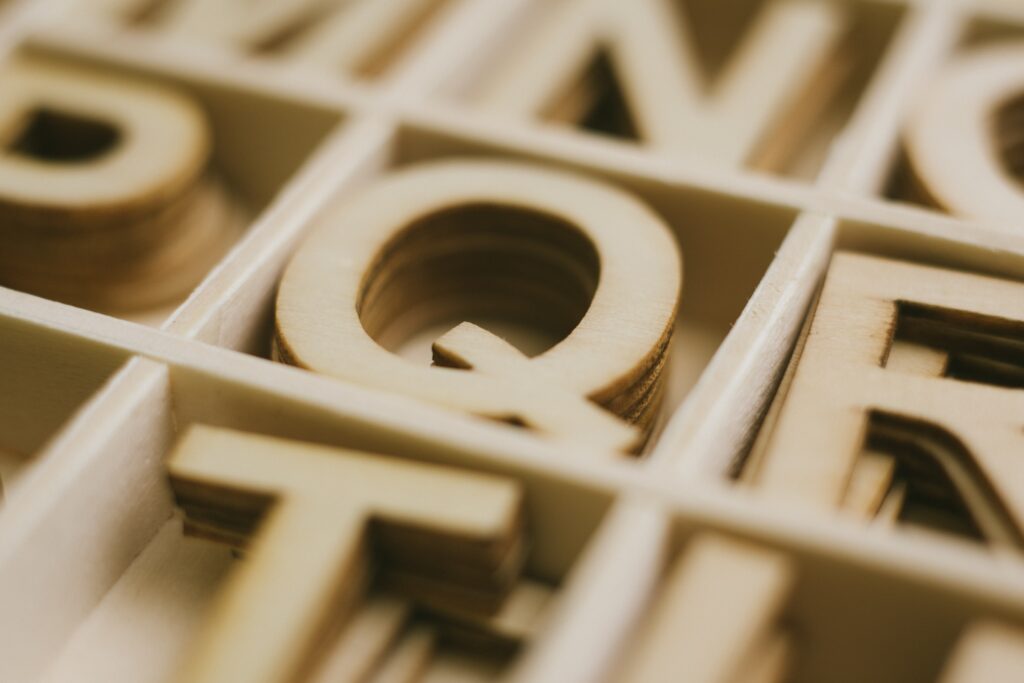
So, before you start using this tip, keep the following pointers in mind :
- Use capital letter words scarcely, only to highlight the very important words.
To illustrate, if your answer contains 100 words, you can have 1 or a maximum of 2 words in the capital.
- Don’t write phrases in capital letters. You can write one or two words such as, “NOT”, “SAME”, “DIFFERENT”, etc. in caps.
If you want to highlight phrases, use the underlining tip.
- Test this tip in your mock tests and prelims and take the advice of your teachers.
This technique might not be allowed in certain exams, so be sure to read the guidelines beforehand.
- It is better to avoid using this technique if you are not sure which word to highlight. Using it incorrectly might create the wrong impression on the examiner.
- Also, avoid using this technique, if you feel that it is reducing your writing speed.
You should practice using capital letters for it to work well.
#Tip 09: Put your answer in boxes or draw a line after every answer
This is purely a trick to make your paper look tidier.
It is not going to give you any extra marks, but it will definitely impress the examiner.
If your paper puts the examiner in a good mood, nothing can be better than that.
In case you don’t have time to put your answers in boxes, you can always draw a single line after each answer.
Always do this at the end of the paper, during the last five minutes.
This is because like I said this is only going to make your paper neater and not give you extra marks.
So, finish your paper and then draw the lines.
Another thing to remember is that, please DON’T draw the lines/boxes freehand.
PLEASE — USE A RULER.
For any reason, if you are unable to use a scale, I would advise you to skip this step. Freehand drawing is only going to make your paper appear shabbier.
#Tip 10: Try to keep a consistent handwriting
I know our handwriting starts going downhill in the last 30 minutes of the exam.
This is what happens with everybody, but you want to be different right?
That is why, you need to maintain clear, legible and consistent handwriting throughout the paper.
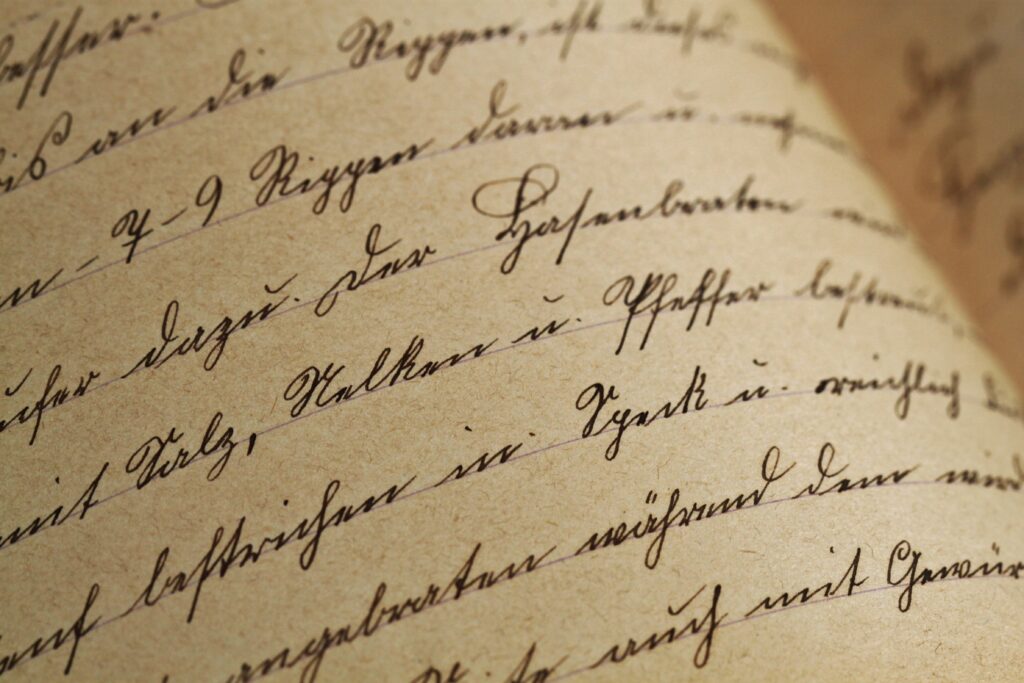
You are going to have to practice a lot of papers, to get this tip right.
But don’t worry, I have some pro-tips that is going to make this step easier :
- Start with your highest writing speed from the get-go.
This way, you finish your paper on time and your handwriting remains consistent.
- Don’t spend beautifying each answer, because you are not going to be having time to do that for every answer you write.
- If you feel your handwriting is getting uglier. Stop. Take a deep breath.
And then continue writing.
This has helped me a lot.
Sometimes, you just need your arm muscles to relax for a few seconds and then you will be back on track again.
#Tip 11: Cancel Out Blank Spaces
This might seem something unnecessary.
But what I have noticed is, all examiners, almost in case of all kinds of subjective exams are asked to cancel out blank spaces.
This is done mainly to reduce cheating by forgery or impersonation.
After the examiner finishes evaluating your paper, he/she is going to flip over the pages and cancel all blank spaces.
So, why don’t you take this burden off their backs.
In this way they are going to have one less thing to worry about and they might spend a few more seconds checking your paper, as compared to others.
So, whenever you notice that there are more than 4 lines left towards the end of the page, just draw a line across that space, if you are not going to use it.
Having said this, I do want to mention that don’t use a pencil to cancel the space.
I have done this and noticed that the examiner has cancelled it out again with pen.
I know, cancelling something out might seem a little overwhelming but unless you do it with pen, it is not going to solve the purpose.
You don’t really have to practice this tip, just keep it in mind when you are writing your paper.
#Tip 12: Referencing
This simply means, give accurate references to appropriate pages of your answer booklet so that the examiner is not left confused.
To illustrate, here are a few examples where referencing should be used accurately :
Situation 1
So, you have finished your paper, but you realize that you need to write something more in one of the answers. However, there isn’t much space left on that page.
Write it on the last page, after all your answers, and give a reference to that page number in your original answer.
This way, you have given the right directions to the examiner and you don’t lose marks.
Pro Tip: As much as possible, avoid this situation, because the examiner might get annoyed if he has to keep going back and forth.
Situation 2
You have finished an answer and there are only 5-6 lines left on that page. Therefore, you are going to start the next answer on the next page.
Give a P.T.O (Please Turn Over) reference on that page.

I have personally experienced this on one of my tests.
I had left a few lines and moved on to the next page. And unfortunately, that was the last answer.
The examiner assumed that I had finished my paper and did not correct that last answer because there was no referencing.
So, please don’t make the mistakes I did and make your paper as attractive and presentable as possible using the above tips.
I have covered a very exhaustive list, and this is pretty much everything that you need to remember while writing your paper.
So you are probably here because you are preparing for an upcoming exam, that is why you also need to check out the article on 6 Mistakes students make while preparing for an exam.
I will be coming with a lot more tips on how to ace your exams in my future blog posts.
Let me know in the comments section below what you want me to write about next.
You can always connect with me on email at [email protected] in case you have any questions.
I would always love to help you in any way I can.
All the best for your upcoming exams.
Study Hard.
Until then, Happy Reading ?
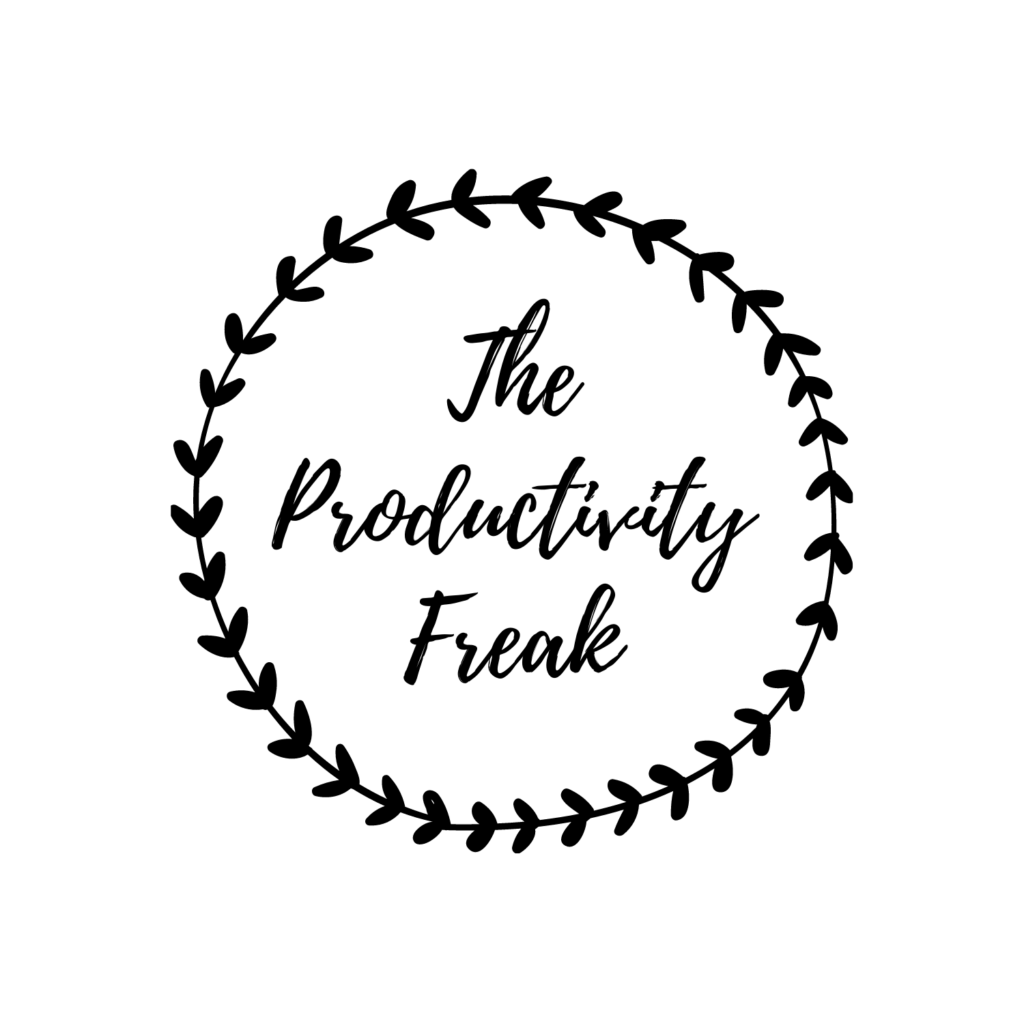




One thought on “12 Exam Paper presentation tips, You probably Did NOT know”
Comments are closed.